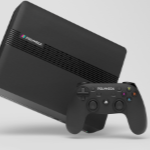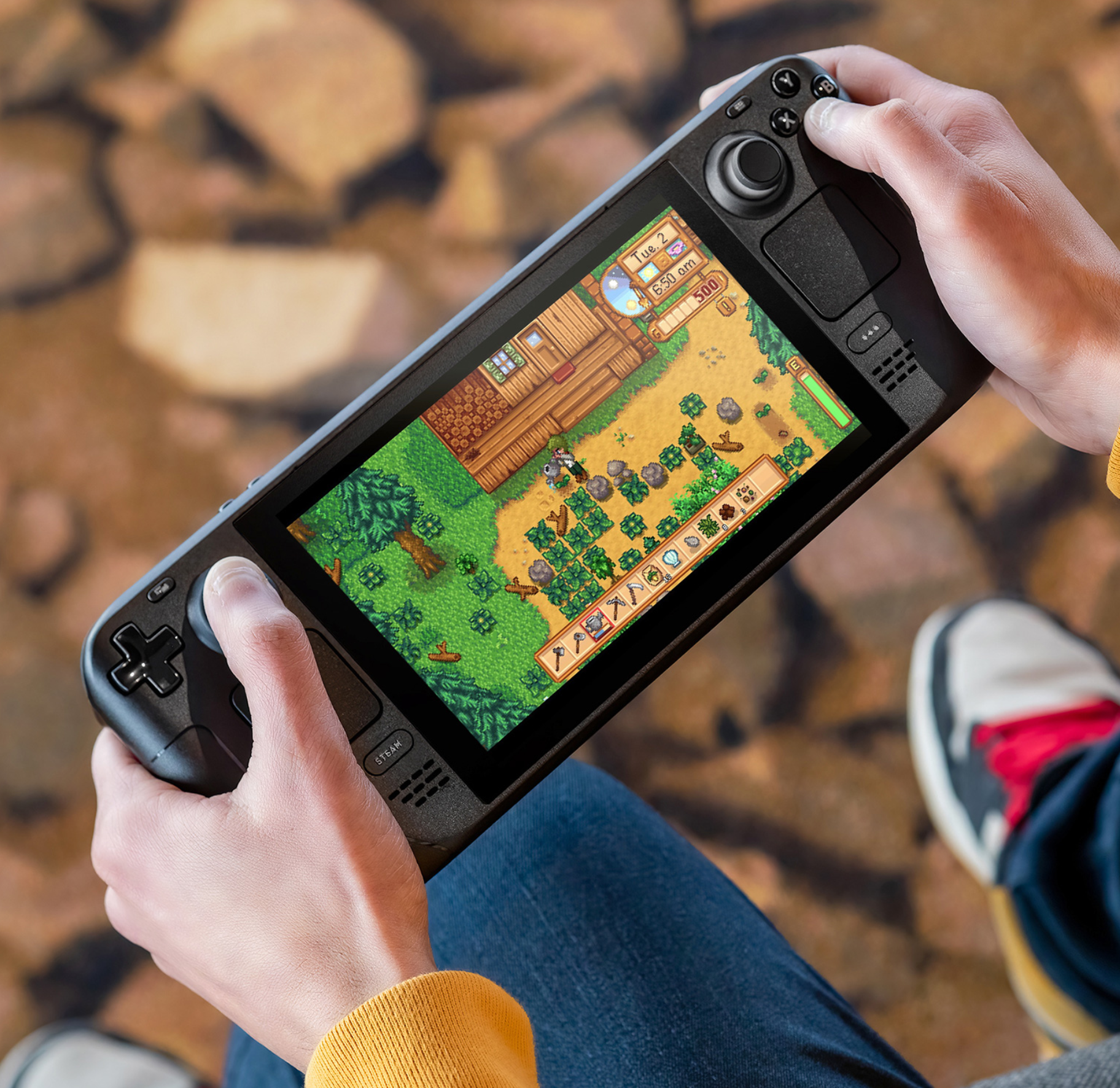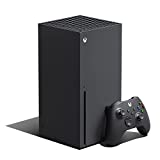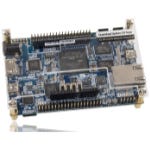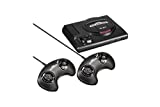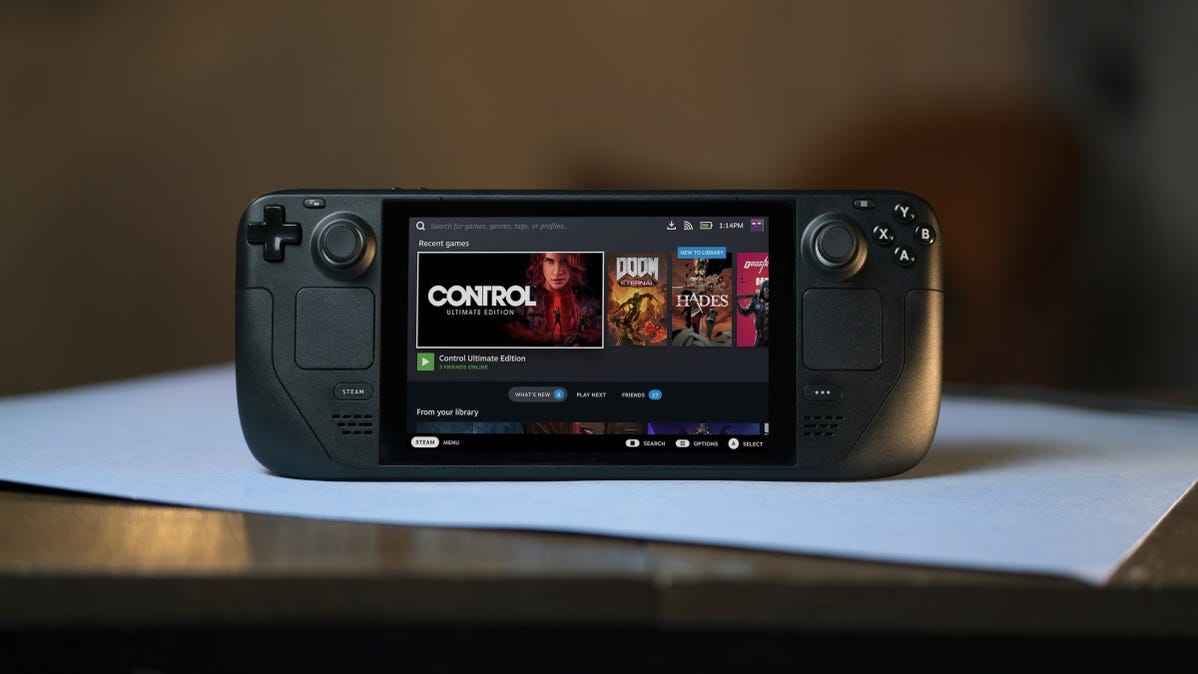
The State of Retro Gaming in 2023
You’re spoiled for choice when looking to play retro video games in 2022. There’s no need to purchase dedicated hardware since you can use a PC, Android smartphone, Mac (especially the new Apple Silicon models), or your Raspberry Pi to scratch the nostalgic itch.
But buying (or building) something purpose-built for gaming has its benefits. This is especially true if you want to go the handheld route, with pocket emulators and handheld gaming systems hitting their stride since the launch of the Nintendo Switch in 2017.
You may also be able to repurpose some of your existing gaming hardware for retro purposes. This gives you a choice between playing the latest releases and dipping into old favorites, all on a single piece of hardware. That way, you’ve always got one main device to play on, whether it’s portable or connected to the TV in your living room.
There are also options for collectors who value owning games in their original format, whether that’s a cartridge or CD. Generally speaking, these mediums outlast the original hardware on which they were designed to be played. The sands of time are not kind to old silicon, and repairs can be costly and beyond the scope of many owners.
Hardware emulation is one area that purists may want to explore. If you crave an authentic experience that mirrors the original hardware to the point where software emulation simply isn’t good enough, there are DIY and ready-built projects designed just for you. Budget, stock availability, and your ability to take on a DIY project are the only limitations standing in your way.
Finally, let’s not forget about the various officially licensed “mini” consoles released by Nintendo, SEGA, and Commodore (among others). These shouldn’t be discounted if you’re after a plug-and-play gaming experience, but they generally offer little in the way of customization and fall short of what the platforms above are capable of.
Not all of the platforms below can play ROMs, and many make use of original or re-issued media that has been officially licensed. If you are looking at a solution that depends on ROMs, make sure you understand the legal implications of dumped software and know that downloading copyrighted material could land you in hot water.
Best Retro Console Overall: PlayMaji Polymega
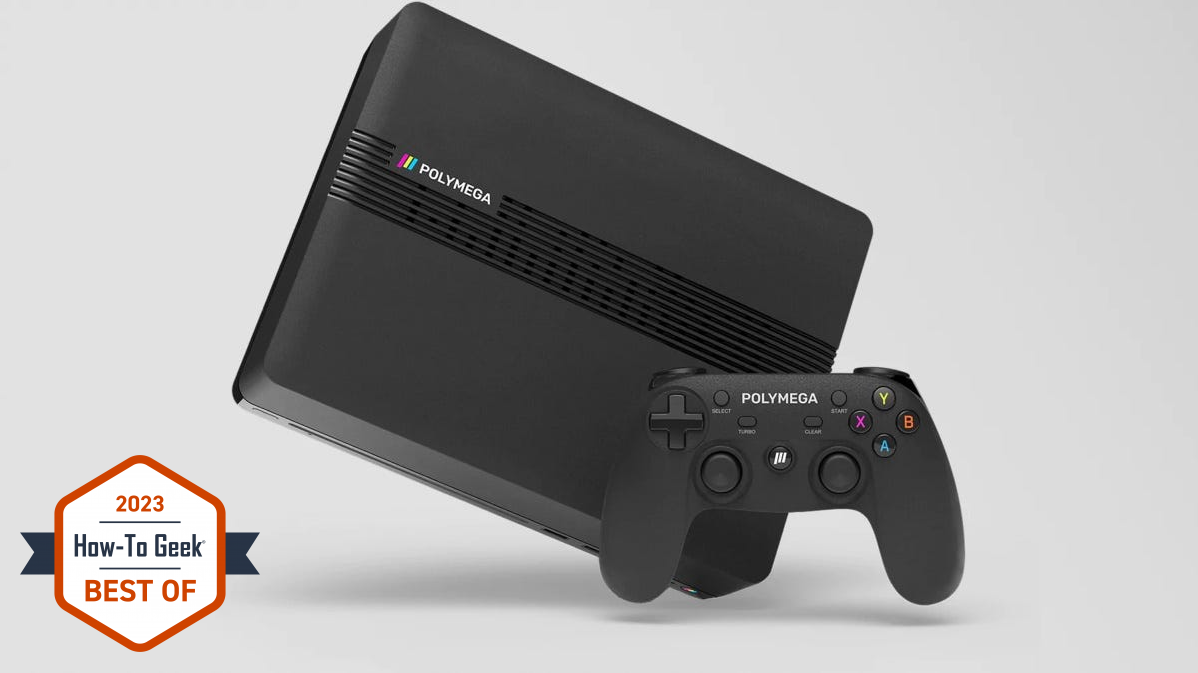
Pros
- ✓ A modular emulation system that supports a large number of systems
- ✓ Play CD-based titles out of the box
- ✓ Store your games on internal or removable storage
- ✓ Active development means new modules and software updates to come
Cons
- ✗ An expensive way to get started with emulation
- ✗ Not compatible with standard ROMs
- ✗ Only appeals to those with a physical game collection
The PlayMaji Polymega takes the crown as the best overall retro console—no other retro system offers functionality quite like it. It’s a modular multi-system retro gaming box of tricks that offers support for the PlayStation, Sega Saturn, Sega Mega CD, Sega 32X, Neo Geo CD, TurboGrafx CD, and PC-Engine CD out of the box, for a starting price of $449.
From there you can buy additional modules for $79 each to add support for the original Nintendo Entertainment System, Super Nintendo, Sega Genesis family, and NEC TurboGrafx-16 family consoles. Support for the Nintendo 64 will be added in an upcoming module, as well.
PlayMaji’s console allows you to dump your original media to the internal 32GB SSD or removable media (in a file format only the Polymega uses) so that you don’t have to get your cartridges out all of the time. However, the Polymega doesn’t work with standard ROMs, so if you don’t have the physical game, you won’t be able to dump the files and use it with the console.
Emulation is solid, with the console powered by an Intel Coffee Lake processor with 2GB of DDR4 RAM. It’s a PC, but a purpose-built modular one that aims for plug-and-play ease of use.
The Polymega is an undoubtedly expensive way of playing retro titles, and once you’ve shelled out for additional modules and controllers, you can easily spend over $1000. But it’s a one-of-a-kind project that celebrates both original media and software convenience, with solid emulation and upscaling abilities.
If you like the idea of physical game collections but are looking for a cheaper route, consider the Evercade VS. This retro machine also relies on software emulation but uses proprietary physical game cartridges with officially licensed game collections from Team 17, Atari, Namco, and more. The console supports four players and mostly targets emulating retro arcade games and early home console classics.
Best Retro Console Overall
PlayMaji Polymega
Play original CD and cartridge games with the PlayMaji Polymega, a modular software-based emulator. Swap out modules to expand compatibility and save your games to internal or removable storage while reaping the benefits of software emulation including save states and custom rendering options.
Best Pocket Emulator: Retroid Pocket 2+
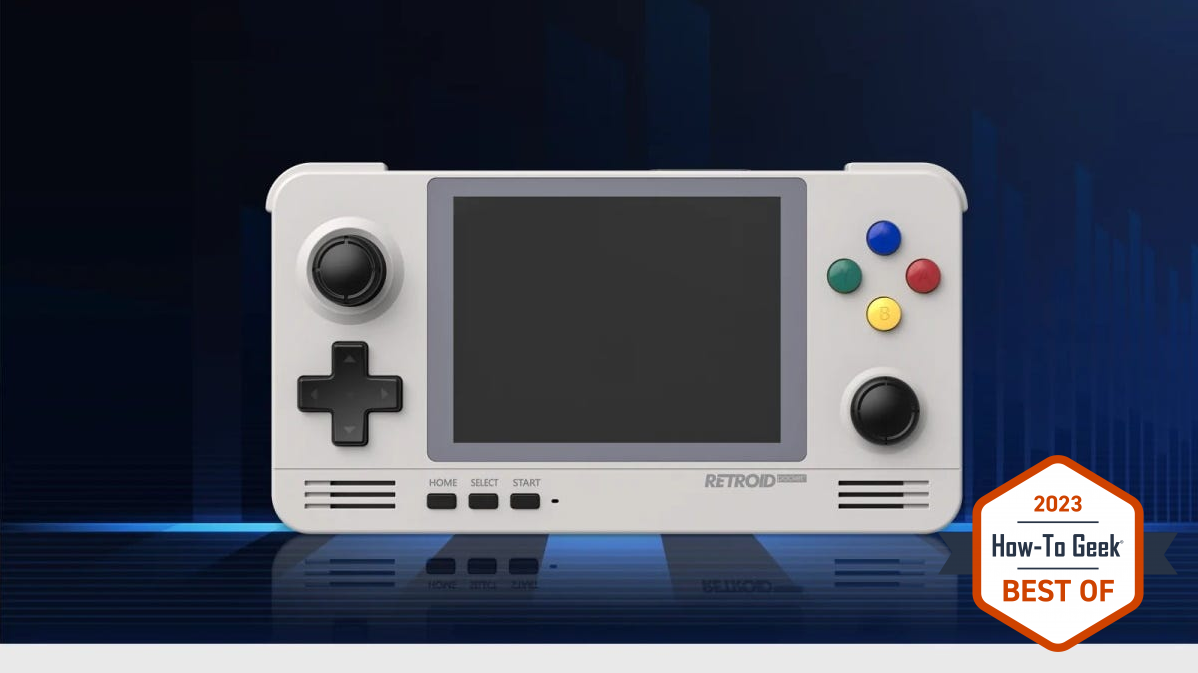
Pros
- ✓ Supports most systems up to and including Dreamcast and PSP
- ✓ Truly pocketable form factor
- ✓ Plays Android games too
- ✓ 4:3 aspect ratio ideal for older games
Cons
- ✗ 480p screen not great for modern Android games
- ✗ Android systems can be a bit slow
- ✗ Not great for GameCube or PlayStation 2 emulation
A good pocket emulator should do one thing well: play retro games using software emulation in a small, portable package. The Retroid Pocket 2+ from GoRetroid delivers both in terms of performance and form factor, and it does it all for less than $100. This emulator is new for 2022, building on the success of the hugely popular Retroid Pocket 2.
The portable handles retro systems like the SNES, Sega Genesis, and Neo Geo easily, but can also handle more demanding platforms like the Dreamcast and Sony PSP. While the Pocket 2+ comes with PS2 and GameCube emulators, this system is not well-suited to those platforms due to the screen size and the button layout.
The presence of Android 9 means you can load up on mobile games too. However, this isn’t the best emulator for mobile games, as the screen isn’t great for a mobile phone game’s aspect ratio, and running Android can be a bit slow.
The Retroid Pocket 2+ sports a 3.5-inch 480p display with an aspect ratio of 4:3, which is perfect for the retro systems it works best with. These older titles were designed with 4:3 CRT displays in mind, so you won’t have to put up with unnecessary black bars on either side of the screen.
Controls are adequate with two analog “slider” style sticks, a directional pad, four face buttons, two bumpers, and two triggers. The display is touch-enabled, and there’s a built-in rumble for emulators and games that support it.
If you’re looking for something a little more rugged to play older games on the go, consider the Anbernic RG351MP. It’s more than enough for 16 and 32-bit emulation, including favorites like the SNES and Sega Genesis, and the original PlayStation. It’s built like a tank with an all-metal enclosure, and it runs Linux rather than Android.
Best Pocket Emulator
GoRetroid Retroid Pocket 2+
Emulate most platforms up to and including the Sega Dreamcast and Sony PSP on the Retroid Pocket 2+, a portable and highly capable Android-powered pocket emulator.
Best Retro Gaming Handheld: Valve Steam Deck
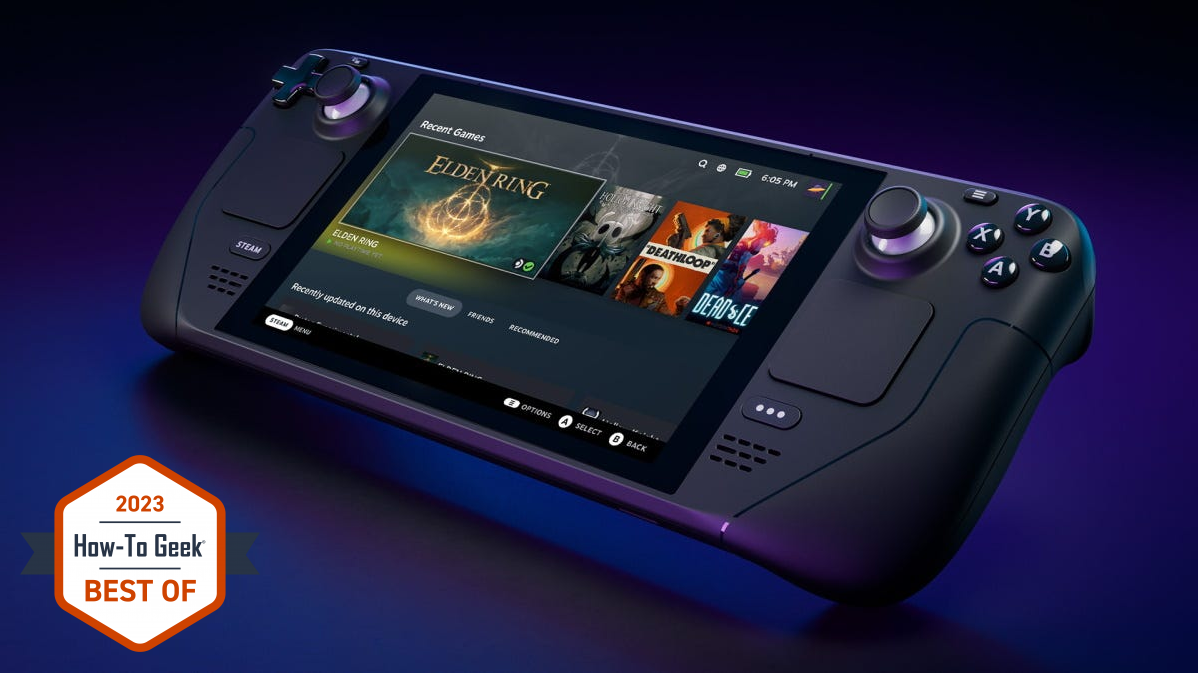
Pros
- ✓ An all-in-one Steam, retro, and Windows gaming machine
- ✓ A bargain at $399
- ✓ Tons of emulators available for retro gaming
- ✓ Get a Steam Deck dock for playing on the big screen
Cons
- ✗ Getting your hands on one could take some time
- ✗ More capable handhelds exist at higher price points
- ✗ Not all Steam games are natively supported
- ✗ The software still needs work
If you can get your hands on one, the Valve Steam Deck is currently the best handheld gaming platform that money can buy. At the time of writing, demand is off the charts, and the Steam Deck has yet to have a full worldwide release—though Valve has confirmed that production is ramping up as the world emerges from a global semiconductor shortage.
The Steam Deck is a Linux-powered handheld computer capable of playing many of the Steam games you already own thanks to Valve’s Proton compatibility layer. On top of this, it makes for a highly capable retro handheld platform. Emulators are waiting to be downloaded in the Discover app that comes with the Steam Deck, with projects like EmuDeck, RetroDeck, and RetroArch making the process easier than ever.
The Steam Deck can emulate many platforms, from 16 and 32-bit classics like the SNES and PlayStation, right through to the Wii, Xbox, PlayStation 2, and even the Nintendo Switch. A project called Steam ROM Manager can add these games to your Steam library for easy access, complete with album art.
You can even install Windows on your Steam Deck if the native Linux support isn’t good enough, which provides a better experience when hooking up your portable to an external monitor.
Valve has built a truly fantastic all-in-one portable, starting at just $399. The biggest issue you might have is getting your hands on one.
If Steam Deck availability has got you down or you’d rather have a more Windows-centric experience, give the Aya Neo Next (and the upcoming Advance version) a look. It’s part of the latest wave of Windows handhelds, and it outclasses the Steam Deck in raw performance—which is why it costs more than Valve’s portable as well.
Best Retro Gaming Handheld
Steam Deck
☆☆☆☆☆ Link Icon Read Review Geek’s Full Review
Take your PC gaming library anywhere with the Steam Deck, a powerhouse portable console. Steam Deck features a variety of controls to accommodate every game and can dock to a TV for full-screen gaming. It also has a growing library of emulators and tweaks aimed at retro gaming.
Best Retro Gaming Home Console: Xbox Series X or Series S
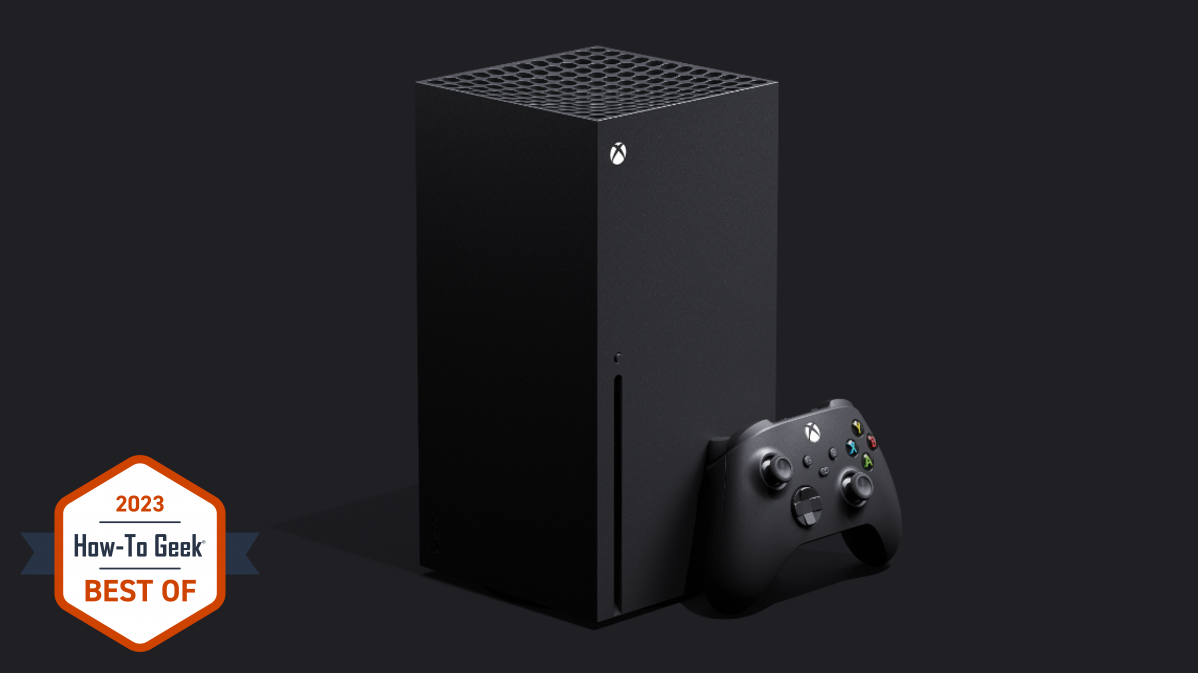
Pros
- ✓ Play brand new releases and emulate older systems
- ✓ Access the Game Pass library with a membership
- ✓ Excellent controller included in the box
- ✓ Choose between a more powerful 4K console or less expensive 1080p option
Cons
- ✗ $19 fee required to enable Developer Mode
- ✗ You’ll need to do some work to get things set up
- ✗ Series S has limited space and lacks optical drive
Wouldn’t it be nice if you could use a current-generation games console as an emulator machine, so all that power doesn’t go to waste? That’s exactly what you can do with an Xbox Series X or Series S console. Not only are these powerful gaming machines for playing Microsoft exclusives like Halo: Infinite and the Game Pass library, you can even use them to run retro emulators too.
This is possible thanks to a Developer Mode tweak that allows you to install the RetroArch multiple-system emulator on your console. Once you’ve loaded up on emulator cores and ROMs you can play almost everything up to and including Nintendo 64, PlayStation, and even PlayStation 2 games.
Which of Microsoft’s consoles you opt for largely depends on what you’re looking for from your machine. If you want a console that targets 4K and has an optical disc drive—handy for playing those older Xbox 360 and original Xbox titles—then the Series X is the better buy. It also has double the storage, costing only $200 more at $499.
The Series S is a great buy for anyone looking for a console that primarily targets 1080p, with some 1440p applications. It lacks a disc drive and isn’t as powerful as the Series X, plus it only has a 512GB SSD. It’s arguably one of the most cost-effective pre-boxed systems you can use to play games from various generations.
It’s also worth shouting out the Nintendo Switch as a boxed and ready-to-go console for playing both new and retro games. With a Nintendo Switch Online membership, you can play NES and SNES titles, or opt for the Switch Online Expansion Pass and get access to N64 and Sega Genesis titles as well.
Best Retro Gaming Home Console
Xbox Series X
Play retro games on your Xbox Series X by installing RetroArch in Developer Mode. You can then restart your console in retail mode and still play the latest releases and Game Pass titles.
Best FPGA: MiSTer FPGA
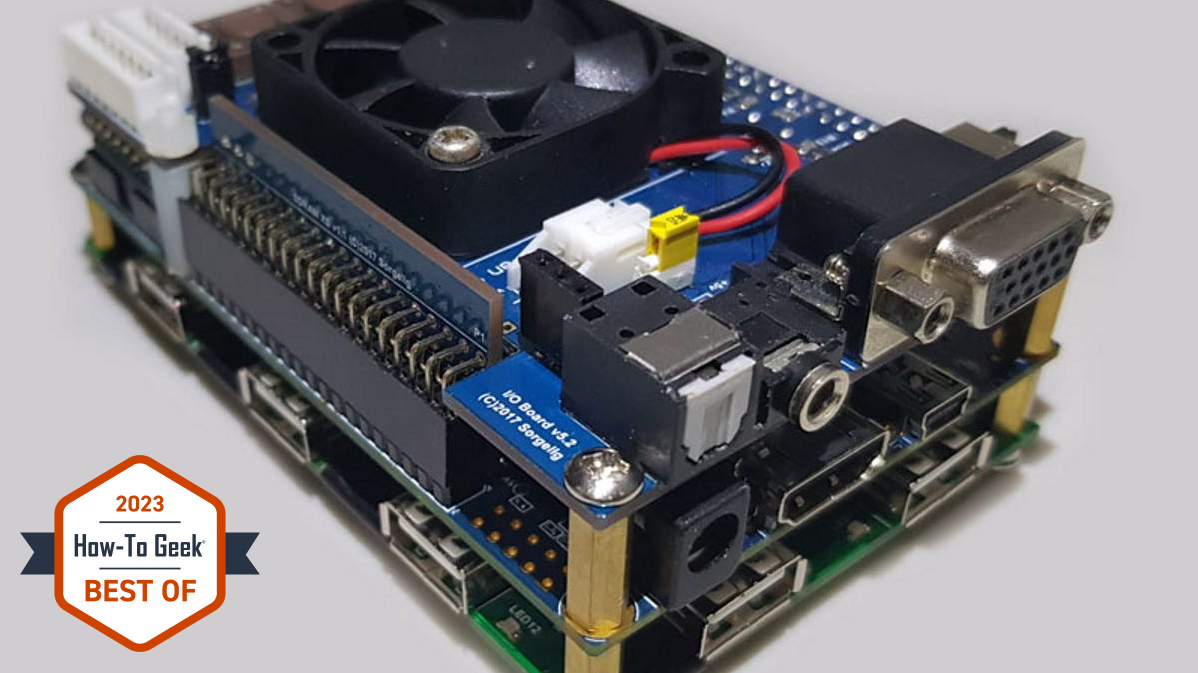
Pros
- ✓ Play games as if you were using original hardware
- ✓ Includes all the quirks of the system you’re emulating
- ✓ MiSTer is compatible with software ROMs and adapters for cartridges and boards
- ✓ A fun project if you like to get your hands dirty
Cons
- ✗ FPGAs are aimed mainly at purists and collectors
- ✗ Building a MiSTer can be an expensive endeavor
- ✗ Assembly and software configuration required
- ✗ A pricey and potentially limiting way of getting into retro gaming
MiSTer is an open-source project that aims to emulate consoles and arcade boards at the hardware level. It does this using an FPGA, or field programmable gate array, a chip that is capable of being reprogrammed to behave like the original hardware. This is the next best thing to playing on original hardware, thanks to the tireless effort of enthusiasts working on the project for years.
If you want to use MiSTer, you’ll need to build a system using the Terasic DE10-Nano FPGA ($215), a compatible USB hub, inputs like a keyboard and controller, some way of connecting to a network and microSD cards, a method of cooling your MiSTer, and a case to put it all in.
Building a MiSTer is a project that will cost upwards of $500, and you can add modules for reading original cartridges and arcade boards, or simply use ROMs. It’s not the cheapest way to play retro games, but if you want to build and customize your gaming experience, this is the way to go.
The MiSTer project relies on cores to emulate consoles, arcade cabinets, and home computers at a hardware level. Many cores are near-perfect replicas, while others are under active development. You can join a community like the MiSTer FPGA Forum to stay updated on the latest releases and even get involved yourself.
If the accuracy of FPGA emulation appeals to you but building a MiSTer seems like a tall order, take a look at the Analog Pocket. This device allows you to play original Game Boy, Game Boy Color, and Game Boy Advance cartridges out of the box. You can also get adapters for playing Game Gear and other systems, or pick up one of Analog’s other FPGA-based systems like the Mega Sg (Sega Genesis), Super Nt (SNES), Duo (NEC PC-Engine and similar), and the Nt mini (NES).
FPGA for MiSTer
Terasic DE10-Nano
The heart of the MiSTer project, this FPGA is used to mimic original hardware, including bugs and quirks that were present on the original console. Though the FPGA is the heart of the MiSTer, you’ll need additional hardware like USB hubs and microSD connectors to complete the project.
What About Official “Mini” Consoles?
There is a full range of officially-licensed “mini” consoles available, and these are viable options if you’re in the mood for some plug-and-play fun. While emulation quality can differ between them, they all generally hit the “good enough” barrier, considering the main draw here is the ease of use.
Most of these systems are comparable in terms of overall pros and cons. They have a limited selection of games available, which could mean some of your favorite titles aren’t present. Some, like the discontinued SNES Classic Mini, can be “hacked” to play more games or even entirely different systems using multi-system emulators like RetroArch.
Out of the box, they provide a decent retro gaming experience with no need to mess with software, upload ROMs, or bring cartridges. They all come with period-appropriate controllers, though these are generally wired. Perhaps worst is the supply issue, with many now only available through resellers at inflated prices.
Nintendo fans might want to start with the NES Mini Classic with 30 games including Super Mario Bros., Metroid, and The Legend of Zelda. There’s also the SNES Classic with 21 games including Super Mario Kart and Street Fighter II Turbo: Hyper Fighting, ideal for using the two included controllers.
SEGA kids might prefer the SEGA Genesis Mini for playing classic titles like Sonic the Hedgehog, Virtual Fighter 2, Space Harrier 2, and Ecco the Dolphin. In better supply than most of these is Sony’s PlayStation Classic, with epics like Final Fantasy VII, Tekken 3, and Ridge Racer Type 4 pre-loaded.
If you were a retro home computer fan, you might find the C64 Mini more to your tastes. It outputs at 720p, features a classic joystick, and lets you play old classics like Speedball, California Games, and Impossible Mission (plus its sequel) in one tidy package. Unfortunately, the keys on the keyboard are non-functional and just for show.
Perhaps one of the best examples of its kind is the A500 Mini, an Amiga clone that includes both Amiga 500 and Amiga 1200 emulation abilities. The console includes the ability to side-load your own Amiga ROMs and comes with titles like Worms, Simon the Sorcerer, and Zool in the box.
Perhaps none of these “mini” consoles are more compelling than Capcom Home Arcade, a pricey yet stunning 16-in-one system housed in a pair of “competition class” arcade controllers in the shape of the Capcom logo. Play classics like Super Puzzle Fighter II Turbo, Alien vs. Predator and Final Fight using the built-in CPS 1 and CPS 2 emulator.
SEGA Genesis Mini
Sega Genesis Mini – Genesis
SEGA’s Genesis Mini is one of the best examples of a mini home console emulator, with 42 games including Sonic the Hedgehog, Streets of Rage 2, Golden Axe, and Phantasy Star IV.

